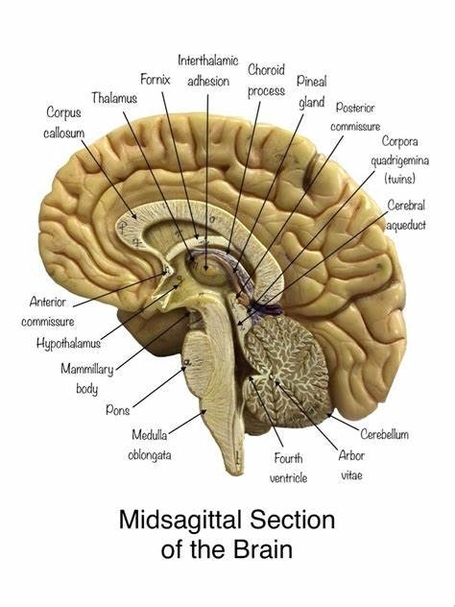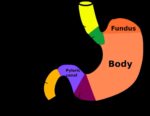The human skeleton, an intricate internal framework, serves as the architectural support for our bodies. Comprising numerous individual bones and cartilages, it provides the essential structure upon which our muscles, organs, and other soft tissues rely. the human skeleton.
## Axial Skeleton: The Core Support
1. Vertebral Column (Spine):
– The vertebral column, akin to the notochord in lower organisms, forms the central axis of the axial skeleton. It consists of a series of 33 vertebrae, each with distinct features.
– These vertebrae are categorized into five regions: cervical (neck), thoracic (mid-back), lumbar (lower back), sacral (fused into the sacrum), and coccygeal (tailbone).
– The spine provides support, flexibility, and protection for the spinal cord.
2. Skull:
– The skull houses the brain and sensory organs.
– It comprises 22 bones, including the cranium (protecting the brain) and the facial bones (forming the visage).
– The mandible (lower jaw) and the hyoid bone (associated with swallowing) are also part of the skull.
3. Visceral Skeleton:
– This subdivision includes the lower jaw, certain elements of the upper jaw, and the branchial arches.
– The hyoid bone, suspended in the neck, plays a role in swallowing and speech.
## Appendicular Skeleton: Mobility and Functionality
1. Pectoral Girdle (Shoulder):
– Comprising the clavicle (collarbone) and scapula (shoulder blade), the pectoral girdle connects the upper limbs to the axial skeleton.
– It allows for arm movement and provides stability.
2. Upper Limbs:
– The upper limbs consist of the humerus (upper arm bone), radius and ulna (forearm bones), and various hand bones.
– These bones facilitate intricate movements, from writing to playing musical instruments.
3. Pelvic Girdle (Hip):
– The pelvis consists of the ilium, ischium, and pubis bones.
– It supports the trunk, transfers weight to the lower limbs, and protects reproductive and digestive organs.
4. Lower Limbs:
– The lower limbs include the femur (thigh bone), tibia and fibula (leg bones), and the intricate bones of the foot.
– These bones enable walking, running, and maintaining balance.
## Functions of the Skeleton
1. Support:
– The skeleton provides a sturdy framework for the body, maintaining its shape and preventing collapse.
– The vertebral column, akin to a resilient pillar, bears the weight of the upper body.
2. Protection:
– Bones shield vital organs. For instance, the skull envelops the brain, and the rib cage safeguards the heart and lungs.
3. Motion:
– Joints between bones allow movement. Some joints, like the ball-and-socket joint in the hip, permit a wide range of motion.
– Muscles attach to bones via tendons, enabling coordinated movement.
In summary, the human skeleton is a remarkable blend of strength, flexibility, and intricate design. It silently supports our every action, from the simplest gesture to the most complex dance. ????
: [Britannica](https://www.britannica.com/science/human-skeleton)
: [Britannica](https://www.britannica.com/facts/human-skeleton)
: [Britannica](https://www.britannica.com/summary/skeleton)
: [Wikipedia](https://en.wikipedia.org/wiki/Human_skeleton).
o


